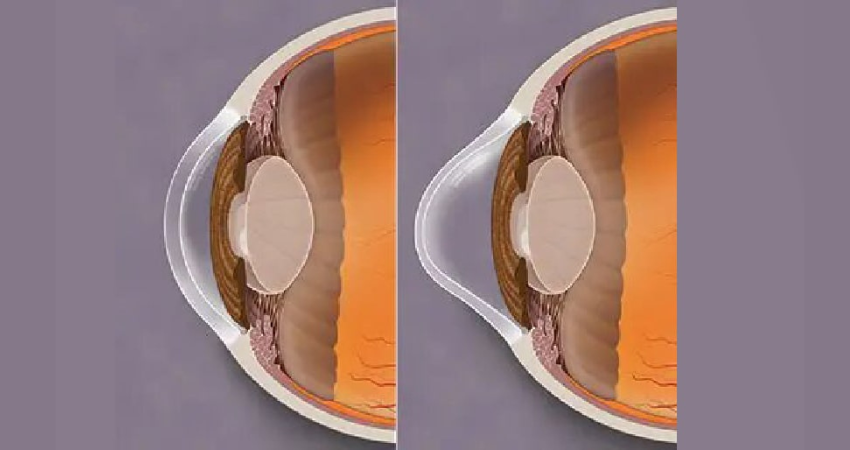Specialities
Delhi Eye Care Specialities.
The clear, dome-shaped window of the front of your eye is cornea. It focuses light into your eye.
There are several common conditions that affect the cornea.
Injuries: Small abrasions (scratches) on the cornea usually heal on their own. Deeper scratches or other injuries can cause corneal scarring and vision problems. Allergies: Allergies to pollen can irritate the eyes and cause allergic conjunctivitis (pink eye). This can make your eyes red, itchy, and watery. Keratitis: Keratitis is inflammation (redness and swelling) of the cornea. Infections related to contact lenses are the most common cause of keratitis. Dry eye: Dry eye happens when your eyes don’t make enough tears to stay wet. This can be uncomfortable and may cause vision problems. Corneal dystrophies: Corneal dystrophies cause cloudy vision when material builds up on the cornea. These diseases usually run in families.

If you wear contact lenses, always follow the instructions to clean, disinfect, and store your lenses. This can help prevent corneal infections, like keratitis.
Many corneal conditions can be treated with prescription eye drops or pills. If you have advanced corneal disease, you may need a different treatment.
Laser treatment: To treat some corneal dystrophies and other conditions, doctors can use a type of laser treatment called phototherapeutic keratectomy (PTK) to reshape the cornea, remove scar tissue, and make vision clearer. Corneal transplant surgery: If the damage to your cornea can’t be repaired, doctors can remove the damaged part and replace it with healthy corneal tissue from a donor. Artificial cornea: As an alternative to corneal transplant, doctors can replace a damaged cornea with an artificial cornea, called a keratoprosthesis (KPro).
Your cornea is the clear, dome-shaped window at the front of your eye. It focuses light into your eye. Keratoconus is when the cornea thins out and bulges like a cone. Changing the shape of the cornea brings light rays out of focus. As a result, your vision is blurry and distorted, making daily tasks like reading or driving difficult.
Side-by-side, profile-view illustration of a healthy cornea and one with keratoconus.
Keratoconus can be diagnosed through a routine eye exam. Your ophthalmologist will examine your cornea, and may measure its curvature. This helps show if there is a change in its shape. Your ophthalmologist may also map your cornea’s surface using a special computer. This detailed image shows the condition of the cornea’s surface.
Keratoconus treatment depends on your symptoms. When your symptoms are mild, your vision can be corrected with eyeglasses. Later you may need to wear special hard contact lenses to help keep vision in proper focus.
Intacs: This is a small curved device that your ophthalmologist surgically puts in your cornea. Intacs help flatten the curvature of your cornea to improve vision. Collagen cross-linking: Your ophthalmologist uses a special UV light and eye drops to strengthen the cornea. Doing this helps to flatten or stiffen your cornea, keeping it from bulging further. Corneal transplant: When symptoms are severe, your ophthalmologist may suggest a corneal transplant. Your ophthalmologist replaces all or part of your diseased cornea with healthy donor cornea tissue.
With keratoconus, try to avoid rubbing your eyes. This can damage thin corneal tissue and make your symptoms worse. If you have itchy eyes that cause you to rub, speak to your ophthalmologist about medicines to control your allergies.